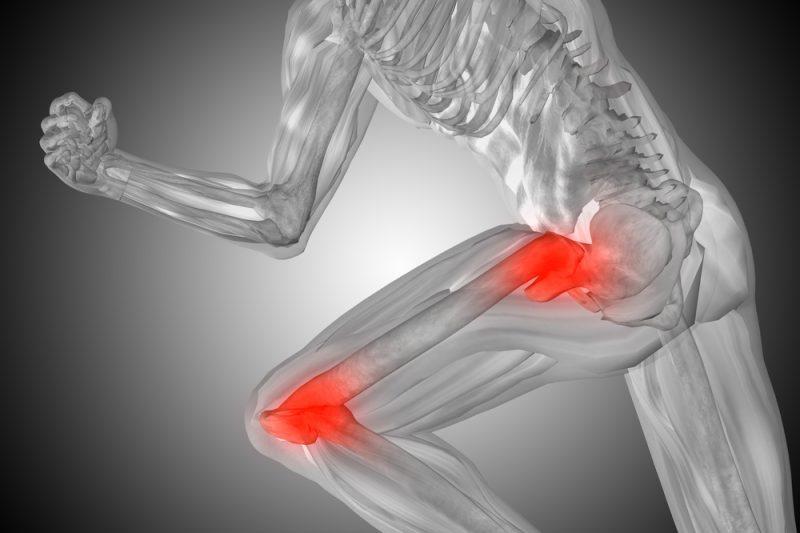Exercising is essential for maintaining overall health and fitness, but joint pain can sometimes get in the way of progress. Whether you’re a seasoned athlete or just starting, joint discomfort can interfere with your workout routine. Fortunately, there are effective remedies and strategies to help reduce joint pain while exercising and keep you moving comfortably. Here are some tips and tricks that can make a significant difference:
1. Warm-Up Properly
A good warm-up is crucial for preparing your muscles and joints for physical activity. Warming up increases blood flow to the muscles, which helps reduce stiffness and prepares the joints for movement. Focus on dynamic stretches and light exercises that gently engage the muscles and joints you plan to use during your workout. For example, leg swings, arm circles, and hip rotations are great options.
2. Use Proper Form and Technique
Improper form during exercises can put unnecessary strain on your joints and increase the risk of pain or injury. Always ensure that you are using the correct technique, whether you’re lifting weights, running, or doing yoga. If you’re unsure about your form, consider consulting with a personal trainer or instructor who can guide you.
3. Incorporate Low-Impact Exercises
If you experience joint pain, consider switching to low-impact exercises that put less stress on the joints. Activities like swimming, cycling, elliptical training, and yoga can provide an effective workout without aggravating joint discomfort. These exercises engage muscles while minimizing the risk of joint strain.
4. Strengthen Surrounding Muscles
Strong muscles around your joints help to support and protect them during exercise. Incorporate strength training into your routine to build muscle around vulnerable joints such as the knees, hips, and shoulders. Exercises like squats, lunges, and leg presses can help improve joint stability and reduce discomfort.
5. Stretch and Cool Down
After exercising, take time to cool down and stretch your muscles. Static stretching after your workout helps to reduce muscle tightness and improve flexibility, which can prevent joint pain. Focus on the muscles you worked during your session, holding each stretch for about 15-30 seconds. Gentle stretches for the lower back, legs, and shoulders are particularly beneficial for joint health.
6. Stay Hydrated
Dehydration can contribute to joint pain and stiffness, as the cartilage in your joints relies on water to stay lubricated. Ensure you’re drinking plenty of water before, during, and after exercise to keep your joints well-hydrated. This will help reduce friction in the joints and promote smooth movement during physical activity.
7. Use Joint-Friendly Supplements
Certain supplements can help support joint health and reduce pain. Glucosamine and chondroitin, for example, are commonly used to help maintain healthy cartilage and joints. Omega-3 fatty acids, found in fish oil or flaxseed, can also reduce inflammation and support joint mobility. Before adding any supplements to your routine, it’s always a good idea to consult with a healthcare provider.
8. Consider Joint Supports or Braces
If you’re dealing with temporary joint discomfort, wearing a joint support or brace during exercise can provide added stability and reduce the strain on the joint. These supports are especially helpful for high-impact exercises or activities that require repetitive movements, like running or jumping.
9. Mind the Intensity
Pushing yourself too hard or too fast can lead to joint pain. Gradually increase the intensity and duration of your workouts to allow your body time to adapt. Sudden, intense movements can overwhelm the joints and lead to discomfort. Listening to your body and avoiding overexertion will help prevent joint pain and promote better long-term results.
10. Rest and Recovery
Rest is just as important as exercise when it comes to joint health. Adequate rest allows your muscles and joints to recover and repair, reducing the risk of pain or injury. If you’re feeling joint discomfort, consider taking a day off or engaging in a low-impact recovery session like walking or stretching.
Final Thoughts
Joint pain doesn’t have to be an obstacle to your fitness journey. By incorporating these remedies and listening to your body, you can continue exercising while minimizing joint discomfort. Remember, consistency is key, and a gradual approach to fitness will help you achieve better mobility and less pain over time. If joint pain persists or worsens, be sure to consult with a healthcare professional for further advice and care.
Keep moving, stay healthy, and take care of your joints!

